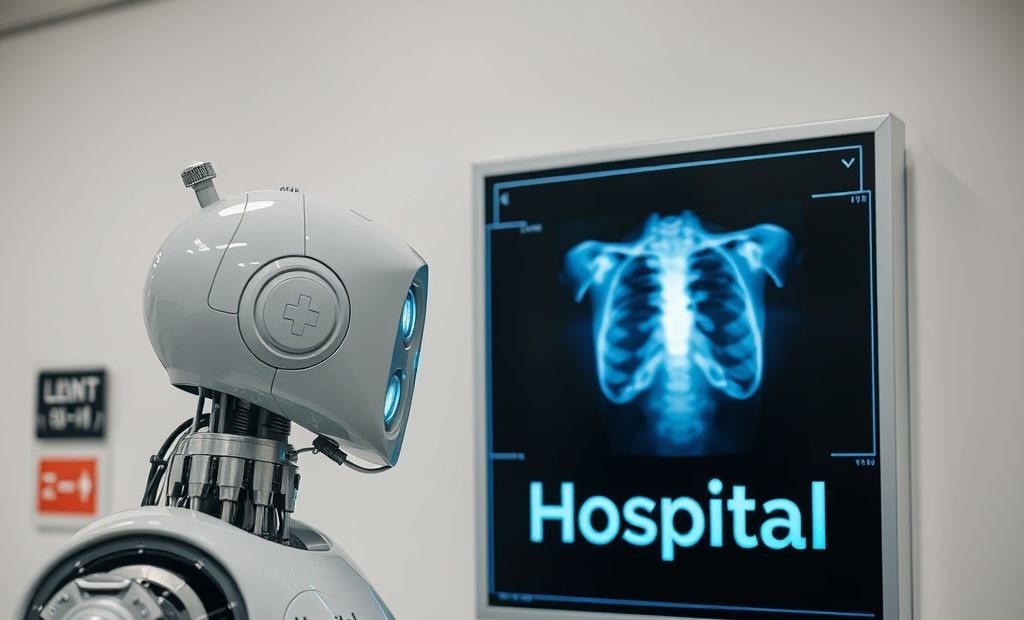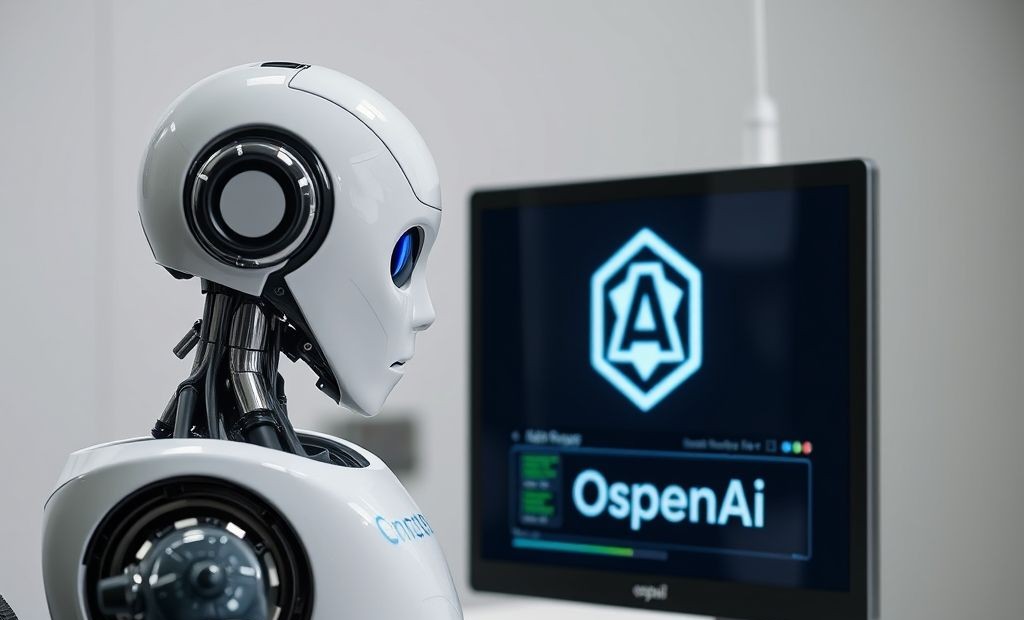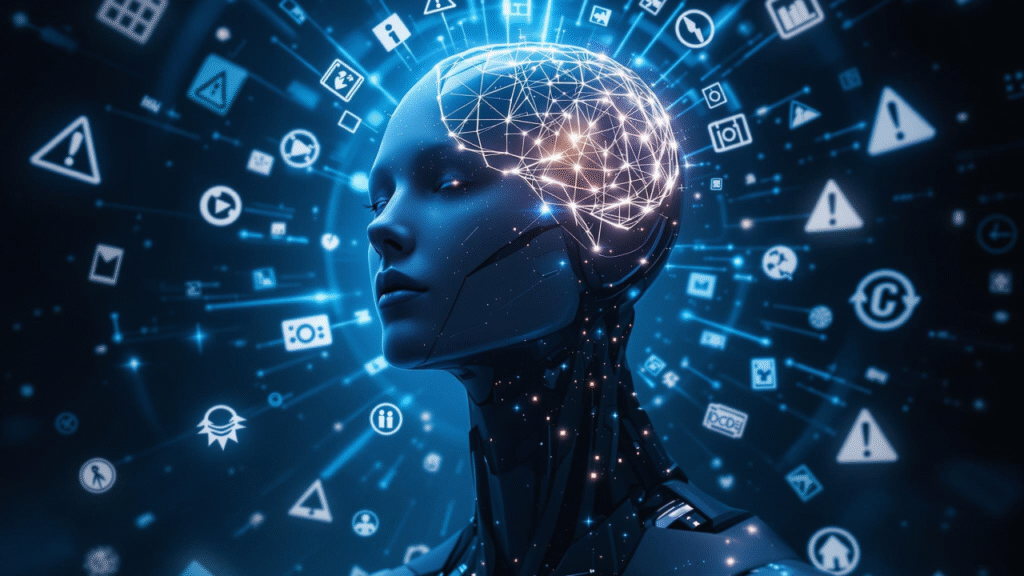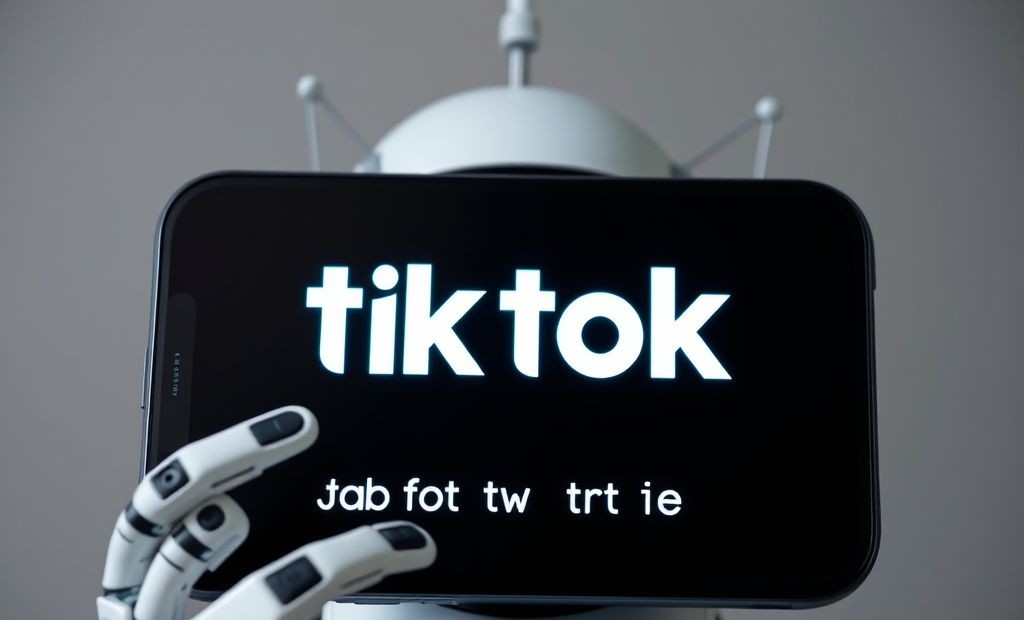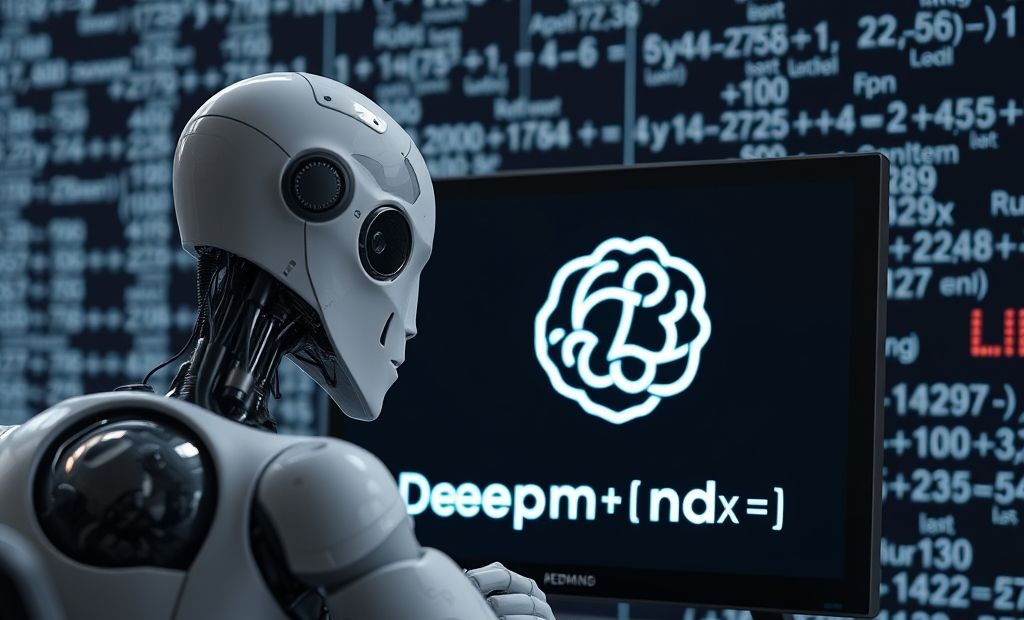Radiologists: Staying Relevant in the Tech Age
The integration of artificial intelligence (AI) and machine learning is transforming radiology, enhancing diagnostic capabilities and streamlining workflows. However, radiologists remain indispensable due to their unique expertise, clinical judgment, and human touch that machines cannot replicate.
The Evolving Role of Radiologists Amidst AI Advancements
- Enhanced Diagnostic Accuracy
AI algorithms excel at analyzing medical images, identifying patterns, and detecting abnormalities such as tumors or fractures. These tools assist radiologists by highlighting areas of concern, enabling quicker and more accurate diagnoses. For instance, AI has demonstrated high accuracy in analyzing images from CT, MRI, and PET scans, facilitating comprehensive diagnostic insights.
- Workflow Optimization
By automating routine tasks like image sorting and preliminary assessments, AI reduces the workload on radiologists. This allows them to focus on complex cases and patient interactions, thereby improving overall efficiency and reducing burnout.
- Clinical Decision Support
AI serves as a decision-support tool, providing quantitative assessments that complement radiologists’ expertise. It aids in early disease detection, lesion classification, and image segmentation, enhancing the precision of diagnoses.
- Maintaining Human Oversight
Despite AI’s capabilities, radiologists are essential for interpreting AI-generated data within the broader clinical context. They ensure the accuracy of diagnoses, consider patient history, and make informed decisions that machines alone cannot achieve. Moreover, radiologists are responsible for communicating findings to patients and other healthcare professionals, providing empathy and personalized care.
- Ethical and Legal Accountability
Radiologists hold the ultimate responsibility for patient outcomes. They must validate AI findings, address any discrepancies, and ensure that diagnoses adhere to ethical and legal standards. This human oversight is crucial to maintaining trust in medical diagnostics.
Conclusion
While AI significantly enhances the field of radiology, it functions as a complementary tool rather than a replacement for radiologists. The synergy between advanced technology and human expertise ensures accurate diagnoses, efficient workflows, and compassionate patient care. As AI continues to evolve, the role of radiologists will adapt, but their presence will remain vital in delivering high-quality healthcare.
The Evolving Role of Radiologists in the AI Era
AI is increasingly utilized in radiology to assist with tasks such as detecting abnormalities, triaging cases, and enhancing diagnostic accuracy. For instance, AI tools have been developed to identify conditions like brain tumors, strokes, and breast cancer, thereby improving the speed and precision of diagnoses. However, these tools are designed to support, not replace, the expertise of human radiologists. Radiologists are essential for interpreting AI-generated data, making final diagnostic decisions, and providing the human judgment necessary in complex medical scenarios .
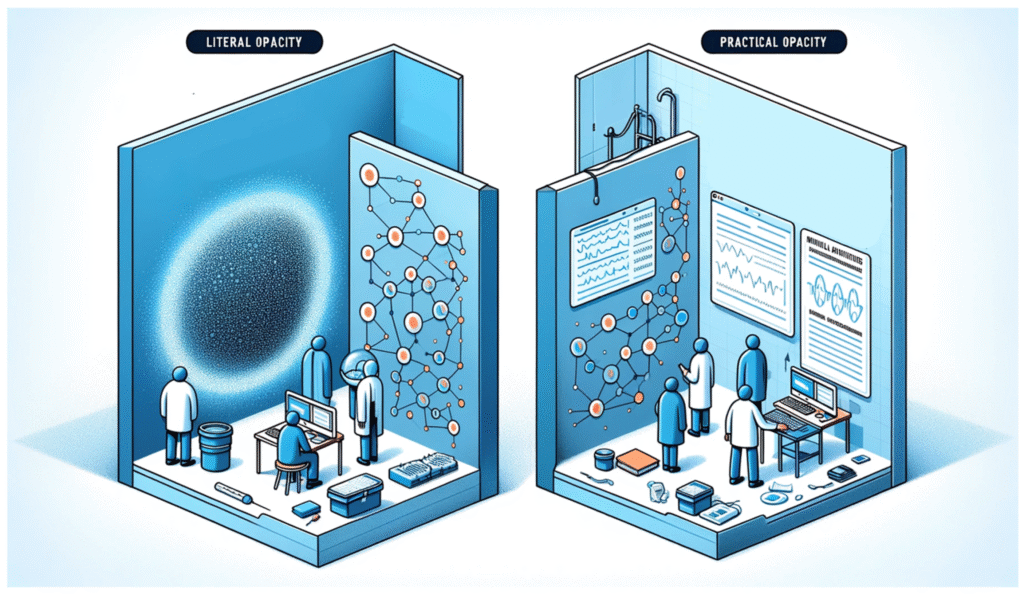
Human Expertise and Empathy
Radiologists bring critical thinking, contextual understanding, and empathy to patient care—qualities that AI lacks. They integrate imaging findings with patient history and clinical data to make informed decisions. Moreover, radiologists play a vital role in communicating results to patients and other healthcare providers, offering reassurance and clarity that machines cannot provide.
Collaboration Between AI and Radiologists
The future of radiology lies in a synergistic relationship between AI and human professionals. AI can handle routine and time-consuming tasks, allowing radiologists to focus on more complex analyses and patient interactions. This collaboration enhances efficiency and accuracy in diagnostics, ultimately leading to better patient outcomes .
In summary, while AI is transforming radiology by augmenting the capabilities of radiologists, it does not replace the need for their expertise. The integration of AI serves to enhance the role of radiologists, enabling them to provide higher-quality care in an increasingly complex healthcare environment.
The Enduring Role of Radiologists
Radiologists bring a unique set of skills that machines can’t fully replicate. Here’s why their role is secure:
- Expert Interpretation: Radiologists excel at interpreting complex medical images, providing crucial insights for diagnosis and treatment planning.
- Clinical Context: They consider a patient’s medical history, symptoms, and other test results to provide a comprehensive assessment.
- Communication: Radiologists communicate directly with other physicians, offering consultations and collaborating on patient care strategies.
- Complex Cases: They manage challenging and unusual cases that require human judgment and problem-solving skills.

AI as a Tool, Not a Replacement
AI tools enhance the radiologist’s capabilities. These tools can assist with:
- Image Analysis: AI algorithms can quickly scan images for anomalies, drawing the radiologist’s attention to potential areas of concern.
- Workflow Efficiency: AI can automate routine tasks, freeing up radiologists to focus on more complex cases.
- Improved Accuracy: AI can reduce human error and improve the accuracy of image interpretation.
The Human Element in Radiology
While AI offers many benefits, the human element remains essential in radiology. Radiologists provide empathy, compassion, and personalized care that machines cannot replicate. They also play a crucial role in:
- Patient Communication: Explaining findings to patients and answering their questions with empathy and understanding.
- Ethical Considerations: Making difficult decisions involving patient care, balancing risks and benefits.
- Continuous Learning: Staying up-to-date with the latest advances in imaging technology and medical knowledge.



